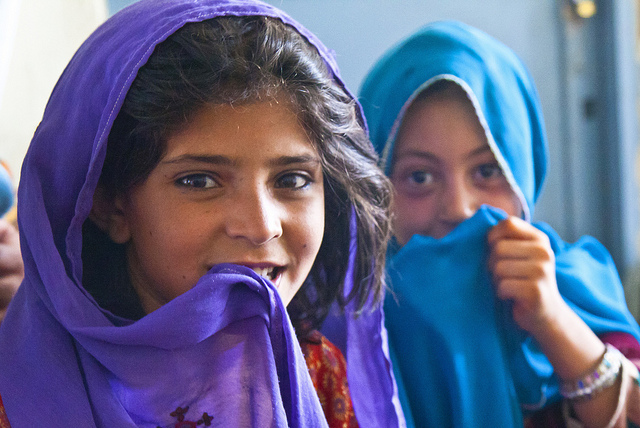The lack of potable water in Afghanistan compounds a larger issue involving limited access to health care, particularly among Afghan women and children. A report released by Doctors Without Borders in 2014 detailed how health care remains out of reach for a large number of Afghan residents, despite years of extensive international investment and aid. While the situation has certainly improved since the benchmark taken in 2002, the Afghan people frequently face serious and potentially deadly risks in order to gain access to emergency and basic health care.
The Doctors Without Borders report resulted from data collected over the course of six months in 2013 on the experiences of more than 800 patients in hospitals in Helmand, Kunduz, Khost, and Kabul provinces. Researchers found that about 20 percent of patients had a friend or family member who had died in the past year due to an inability to access health care. About 40 percent of patients encountered struggles with landmines, checkpoints, and political violence in order to find a hospital. The figures are disconcerting considering that greater access to health care is often heralded as a major achievement in Afghanistan.
Indeed, health care advancements have slowed since international military forces pulled out of the country and aid organizations slowed down their efforts. The problems become apparent on the ground level when physicians are forced to work long hours and to use outdated or broken equipment. The Afghan Public Health Ministry states that there are more than 2,280 health facilities nationwide, a dramatic increase over the 500 reported in 2002. The department also claims that 60 percent of Afghans live within an hour of one of these clinics. However, the figure does not take into account the state of each of these facilities. If a facility is understaffed or underequipped, people may need to travel even further.
Some of the greatest advancements in health care relate to women and children. Improved access to health care has reduced maternal mortality by 80 percent and child mortality by 60 percent. The advancements are the result of the combined efforts of several different philanthropic organizations. The Afghan government has teamed with a number of major organizations, including the World Bank. Together with the Japan Social Development Fund and the Afghanistan Reconstruction Trust Fund, the World Bank launched Strengthening Health Activities for the Rural Poor (SHARP) in 2008. SHARP focuses on the needs of women and children, as well as other people living in underserved communities. Operating in 11 provinces, the project finances basic health services. In 2013, the World Bank approved a $100 million grant from the International Development Association to help the Afghan government as it expands health services to additional areas. Through this grant, the program spread to 22 provinces.
The United Nations Children’s Fund (UNICEF) has taken a different approach to fulfilling the need for greater access to health care in Afghanistan’s remote areas. With an understanding that a demand exists now and that growing infrastructure is a slow process, UNICEF has undertaken a mobile health project that sends health care professionals directly to remote areas. People in these areas do not have the means to travel to health care facilities, many of which are far away. The UNICEF mobile teams include midwives, vaccinators, and community health professionals. The teams, who deliver their services free of charge, provide vaccinations and screen for malnutrition.
World Vision has responded to the Afghan health care crisis by creating mobile health teams that are trained to meet the needs of mothers and young children. Targeted more toward urban rather than rural areas, the mobile teams focus on providing health care to people in need. The limited number of public clinics in Afghanistan are very crowded. As a result, health care providers are often overwhelmed and do not have the time to listen carefully to the needs of each patient. The World Vision mobile teams provide a unique model based on trust between the patient and health care provider. This sense of trust inspires women to continue seeking care throughout their pregnancies and to return to the team with their children after giving birth.
In addition to potable water, Ehsan Bayat and the Bayat Foundation recognize that the health of women and children as a significant philanthropic cause. The foundation has worked closely with a number of hospitals throughout the country to create new facilities outfitted with modern equipment and to revamp existing facilities. The foundation’s projects include a new maternity ward at Rabea Balkhi Hospital, along with cutting-edge equipment and new intensive care and cardiac care units for children at Indira Gandhi Hospital. The foundation also funded the construction of new maternity hospitals in Wardak Province’s Behsood District and Tagaab Village. The two hospitals seek to meet the growing needs of underserved areas of the country. To learn more about the Bayat Foundation and its work in Afghanistan, visit www.bayatfoundation.org.


![Combined Task Force Lightning focus on women and girls health education [Image 1 of 8]](https://live.staticflickr.com/5264/5859890155_622198aeb4_b.jpg)